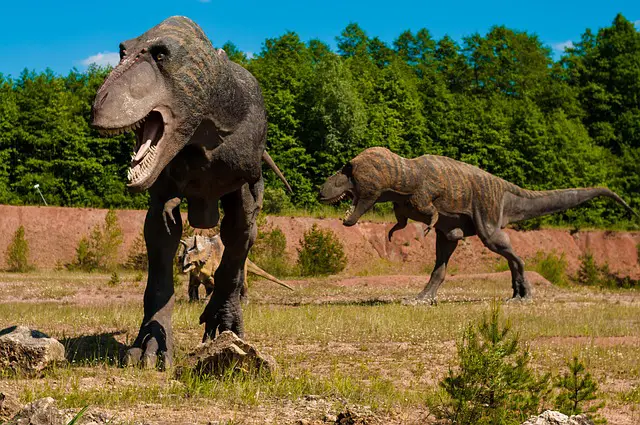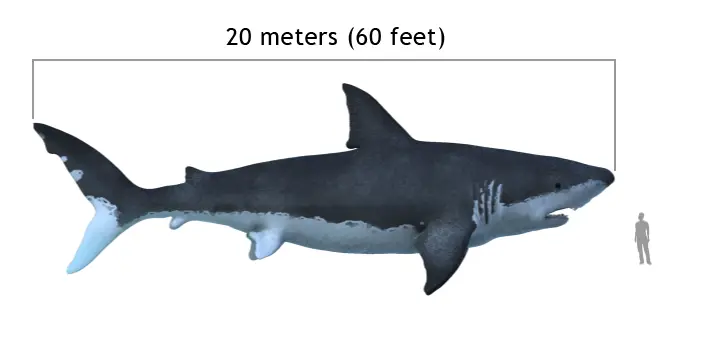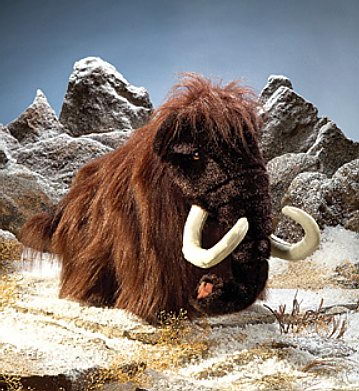Are you ready for some of the most unknown facts about dinosaurs for kids? Dinosaurs are the varied animal groups that belong to the Dinosauria clade. It is believed that these mammoth creatures were first emerged some 230 million years ago during the period of Triassic. They were deemed to be the leading and highly terrestrial vertebrates for about 135 million years ago. According to the fossils’ evidence birds are thought to have been evolved from theropod dinosaurs in the Jurassic Period, as a result they are regarded as the subgroups of dinosaurs. As far as ecological and morphological points of view, these animals are diverse group of animals. Besides dinosaurs, birds are also varied group of vertebrates as there around 9,000 species in the world. According to scientists, they have discovered more than 1,000 different species of non-avian dinosaurs. As scientists have found several fossils and genera of dinosaurs, this implies that dinosaurs were widely distributed across each continent. Not all dinosaurs were deemed to be carnivorous as some theories might suggest there are some that tends to feed on plants and vegetable matter and are thus herbivorous. Some species have horns while others do exhibit such features. Nearly all dinosaurs were bipedal. Some scientists hold that the bird’s trait of nest-building and egg-laying have been evolved from the common ancestors of birds and dinosaurs. There were certain species that measured 60 meters (200 feet) by length; however, a few numbers were as small as the birds of today. The first ever dinosaur fossil was discovered in the 19th century. Contrary to a common belief, not all non-avian dinosaurs were of mammoth size and the size was not evenly distributed.
 Fun Facts About Dinosaurs For Kids
Fun Facts About Dinosaurs For Kids
- During the premature periods of Jurassic, Cretaceous, and Triassic, there was a significant variation in the dinosaurs’ sizes. The weight of the theropod dinosaurs was measured at 100 – 1000 kg (220 – 2200 lb).
- The sauropods were by far the largest dinosaurs species. These adult species are gigantic so much so that not a single animal on the planet earth could be compared with their sizes. Their large size allows them to digest food more readily in comparison to the smaller dinosaurs.
- According to scientists, there is too much ambiguity about the smallest and the largest dinosaurs. This is mainly due to the fact that only a few numbers of animals ever fossilize, and nearly all of them buried in the earth. However, they have found few fossils that help them in building a skeleton.
- The tallest and the heaviest dinosaurs, according to scientists, is Giraffatitan brancai. The remains of these largest animals were found in Tanzania back in 1907 – 12. The bones are restructured and placed in a proper order to give a complete shape to a skeleton which is in the Museum Fur Naturkunde Berlin right now.
- The length of this skeleton measures around 12 meters (39 feet) to 22.5 meters (74 feet), and would have associated to an animal that weighed around 30,000 – 60,000 kg (70,000 – 130,000 lb). Diplodocus is the longest dinosaur ever known in the history of animals; its remains were discovered in Wyoming in the United States. Some other dinosaurs species were discovered later half of the 20th century. These were Argentinosaurus, the massive and the heaviest species and were primarily herbivorous. These dinosaurs may have weighed around 80,000 – 100,000 kg (90 – 110 short tons), few of these species named Diplodocus hallorum, were as long as 33.5 meters (110 feet), as well as Supersaurus that measured 33 meters (108 feet) by length.
- Amphicoelias fragillimus dinosaurs were another species that measured 58 meters (190 feet) by length, with the weight measuring at 120,000 kg (260,000 lb). The largest carnivore dinosaurs species was Spinosaurus with the length of 16-18 meters (52 – 60 feet), with the weight of 8150 kg (18000 lb).
- Scientists have deduced that the behavior of birds or large reptiles like crocodiles may help them in determining the exact behavior of dinosaurs. Since the modern birds are highly sociable and are known to live in flocks, the extinct dinosaurs might be cordial in its relationship toward other creatures. This behavior, according to scientists, was deemed to observe in almost all the dinosaurs species. Besides, those species that was exclusively herbivorous believed to travel great distances while grazing which means that they were migratory. They had a duck-like bill.
- Most of the dinosaurs species were aggressive towards each other.
- Most of these animals were considered to be active during daytime; however, there are few species like Juravenator, dromaeosaurids, and Megapnosaurus that were nocturnal.
- As we know that modern birds employ visual signals to communicate with each other, the fossil’s evidence suggest that dinosaurs have also been using these visual signals for displaying or communicating.
 Reproduction
Reproduction
Nearly all dinosaurs species had been known to lay amniotic eggs that were shielded with hard shells made of calcium carbonate. These eggs were laid in nests. However, there were few species which were adept to lay eggs in burrows, mounds, plates, cups, domes, and beds scrapes. This behavior is not practiced by few modern birds such as emperor penguins as they lay eggs in rocks instead of nests.
How Long Could Dinosaurs Live | Interesting Facts About Dinosaurs For Kids
According to scientists, the faded skeleton predating 100 million years ago of Deinonychus guide us a lot as to how did dinosaurs run, what they used to eat but it’s silent as to how long could dinosaurs live. It demands strong evidence to judge precisely the age of sauropod or tyrannosaurs; evidences relating to certain reptiles, mammals and birds; as well as theories regarding dinosaur evolution and metabolism.
The lifespan of dinosaurs can well be understood in the pretext of other reptiles and birds. Researchers are really interested in dinosaur lifespans is that the longest-lived animals on the planet earth giant tortoises have a lifespan of 150 years, followed by alligators and crocodiles that can survive up to 60 and 70 years. There are certain birds that are appeared to have descended from dinosaurs have a longer lifespan. Turkey and swans can survive up to 100 years; with few parrots such macaws have a lifespan of 80 – 100 years. However, it does not follow that since few of the dinosaur descendants have reached almost hundred years, dinosaurs could also have that much lifespans. Since giant tortoise have really slow metabolism, it can survive so long; scientists aren’t still sure whether dinosaurs were cold-blooded animals. Part of the reason is that there are some greatest mammals such as bowhead whales which are ten times bigger than the elephant doesn’t imply it lived ten times as long.








